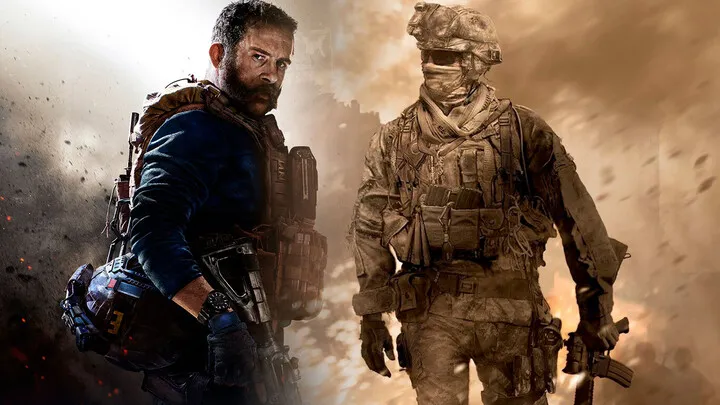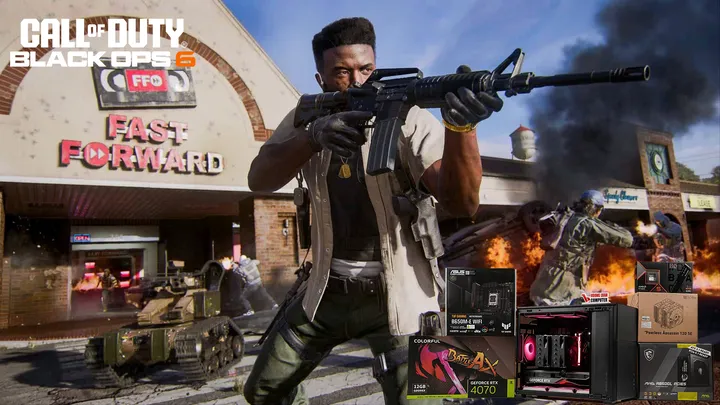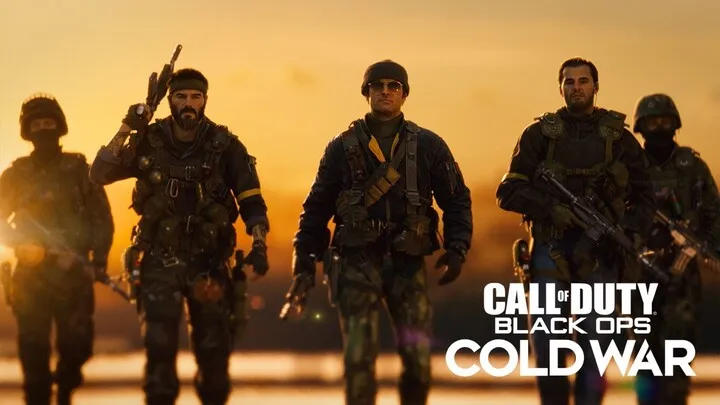Introduction
Call of Duty is one of the most iconic first-person shooter franchises, renowned for its fast-paced combat, cinematic campaigns, and highly competitive multiplayer gameplay. Success in Call of Duty requires more than reflexes; it demands map knowledge, tactical awareness, weapon mastery, and effective teamwork. Each engagement, positioning decision, and equipment choice can make the difference between victory and defeat.
This guide provides a structured overview of Call of Duty’s gameplay, covering multiplayer modes, campaign and co-op strategies, weapon optimization, movement mechanics, map control, teamplay, Warzone tactics, competitive techniques, continuous improvement, and meta-level strategies. Following this guide allows players to consistently perform at a high level and enjoy the full depth of the game.
1. Understanding Game Modes

Call of Duty offers a variety of modes, each testing different skill sets:
- Team Deathmatch: Two teams compete to reach a kill limit. Controlling key chokepoints, monitoring high-traffic areas, and using audio cues for intel are critical.
- Domination: Capture and defend objectives. Coordinated rotations and reinforcement strategies are essential to maintain control.
- Search and Destroy: One team plants a bomb while the other defends, with no respawns. Tactical positioning, patience, and effective equipment use are key.
- Hardpoint: Teams rotate to control moving objectives. Predicting rotations and securing high-ground areas ensures point accumulation and map dominance.
- Kill Confirmed: Collect dog tags from fallen enemies. Efficient retrieval and teamwork determine the outcome.
These modes challenge players to adapt their strategy, combining map knowledge, weapon proficiency, and team coordination to secure victory.
2. Weapon Mastery
Weapon selection and mastery are crucial for success in all game modes.
- Assault Rifles: Versatile mid-range weapons. Master recoil control and position strategically.
- SMGs: High fire rate for close-quarters combat. Combine aggressive movement with cover use.
- Snipers: Long-range precision weapons. Control sightlines and predict enemy movement.
- LMGs: Sustained fire for area denial. Placement is crucial due to slower mobility.
- Shotguns: Ideal for ambushes and confined spaces. Predict enemy paths and chokepoints.
Attachments & Loadouts: Suppressors, barrels, foregrips, optics, and ammo types enhance performance. Tailor loadouts to map, mode, and personal playstyle, balancing perks like Ghost, Overkill, and Amped.
3. Advanced Movement Techniques
Mastering movement mechanics provides a tactical edge.
Movement in Call of Duty isn’t just about dodging bullets—it’s a key offensive and defensive tool. Techniques such as slide canceling allow players to maintain momentum while reducing vulnerability. Bunny hopping helps players stay unpredictable in open areas, while drop shots minimize the enemy’s chance of landing accurate fire.
Dolphin dives and shoulder peeks are essential in tight corridors and chokepoints. A well-timed shoulder peek exposes minimal body area, letting you spot enemies without being easily hit. Strafing and chaining movement combos while firing also make you a harder target and increase kill potential.
Integrating these techniques with map knowledge allows players to control engagements, escape unfavorable fights, and consistently outmaneuver opponents, especially in competitive multiplayer modes.
4. Map Control and Positioning
Controlling the battlefield is critical to dominating matches.
Chokepoints and high-traffic zones are key areas to hold; controlling them forces enemies into predictable paths, giving your team an advantage. Spawn awareness helps predict enemy reinforcement points, enabling effective flanks. High ground positions allow visibility over large areas, creating crossfire opportunities and strategic defense points.
Players should also rotate regularly to avoid becoming predictable. Effective map control relies on combining positioning, movement, and communication with teammates. Understanding each map’s flow and power positions allows for better engagement choices, ambush setups, and defensive holds.
A disciplined approach to map control often outweighs raw aim skill in long-term performance.
5. Campaign and Co-op Strategies
Campaign missions and co-op scenarios reward tactical planning and resource management.

Stealth versus aggression should be decided based on mission objectives. Stealth approaches often reduce firefights and conserve resources, while aggressive approaches can shorten mission time but increase risk. Resource management is crucial; conserve ammo, health packs, and equipment to avoid running out in critical situations.
Prioritize objectives to maintain efficiency, and use checkpoints effectively to reduce repetition. In co-op play, role coordination maximizes survival and progress—assign scouts, attackers, or support roles. Leveraging environmental hazards like explosive barrels, cover, and choke points amplifies efficiency. Co-op missions also reward communication and synchronized team movement to overcome challenging encounters.
6. Teamplay and Coordination
Team-based success requires clear roles and constant communication.
Assigning roles—attackers, defenders, support, and objective carriers—ensures the team functions efficiently. Effective communication includes sharing enemy positions, alerting teammates to danger, and coordinating pushes. Tactical equipment like grenades, smoke, and UAVs should be deployed strategically to assist teammates and control map areas.
Scorestreak coordination can turn the tide of matches. Synchronize high-value streaks with team movements, ensuring maximum impact and preventing wasted resources. Teams that coordinate movement, equipment, and engagement strategies consistently outperform individual skill-focused squads.
7. Warzone & Battle Royale Tactics
Warzone and large-scale battle royale modes demand planning, awareness, and adaptability.
Loot prioritization is critical; securing high-tier weapons, armor, and cash early can dictate mid-game performance. Safe rotations through terrain and cover are vital to avoid unnecessary exposure. Assigning squad roles such as scouting, looting, or overwatch keeps the team efficient and prepared for engagement.
Vehicles provide mobility but increase visibility. Use them cautiously, combining speed with cover. Late-game circle positioning and coordinated squad movement are crucial; dominating high-ground or fortified zones increases survival chances. Warzone requires a combination of strategic planning, tactical execution, and team synergy.
8. Competitive Techniques
High-level gameplay revolves around predicting opponents and exploiting meta mechanics.
Spawn control allows teams to influence enemy positioning and anticipate rotations. Recoil mastery is essential for consistent accuracy across weapons and engagement ranges. Target prioritization ensures elimination of key threats, disrupting the opposing team’s strategy.
Map exploitation through alternate routes, verticality, and concealment can create ambushes or avoid unnecessary confrontations. Integrating movement techniques with positioning makes players unpredictable and maximizes offensive and defensive potential in competitive play.
9. Continuous Improvement
Ongoing analysis and practice are crucial for consistent performance.
Regular performance reviews help identify strengths and weaknesses, informing future strategies. Adjusting loadouts according to meta shifts ensures competitive relevance. Studying top players enhances aiming, positioning, and movement skills.

Consistent practice, including drills for movement, aiming, and equipment use, builds muscle memory and reaction speed. Developing these habits ensures players can adapt to dynamic scenarios, maintain high performance, and capitalize on tactical opportunities.
10. Conclusion
Call of Duty combines fast-paced action with strategic depth, rewarding players who master maps, weapons, movement, loadouts, and team coordination. Advanced strategies, including flanking, spawn manipulation, and integrated movement-combat tactics, provide a competitive edge. Applying these principles enables players to dominate multiplayer, Warzone, and co-op modes while enjoying the full complexity and thrill of the game.

















